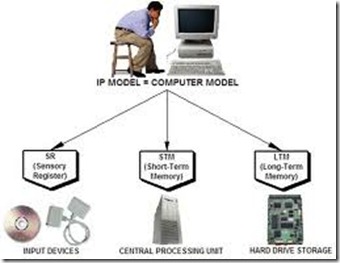INFORMATION PROCESSING
Information consists of facts and items of knowledge. It can be anything that has meaning to people. Usually information is expressed in words and numbers. However, it can be expressed in other forms, such as sounds, measurements or pictures.
Examples of information
1- A list of names and addresses.
2- The contents of a letter.
3- What is said in a telephone conversation.
4- The words of a song.
5- A map.
Information processing is the organization, manipulation and distribution of information.
Examples of information processing
1 Sorting a list of names and addresses into alphabetical order.
2 Producing a letter with a word processor, saving it on floppy disc and then sending it by electronic mail.
3 Transmitting a conversation over the telephone system.
People can process information without using machines. Examples are: 1 Listening to songs and deciding which ones are best.
2 Reading a map to get from one place to another.
Data is information in a form in which it can be processed (Fig 1).
Fig. 1 Information and data
If information is to be processed by a computer it often has to be coded before the computer can accept it. The coded data is then input to the computer for processing. The new data resulting from the process can then be decoded and output as further information.
Examples of data
1- A set of names and addresses written out on to forms ready for typing.
2- A word-processed letter stored on a floppy disc. It is stored as a set of binary codes.
3- A telephone conversation converted to electrical signals to be sent down the wires.
4- A song written as sheet music so that it can be played.
5- A date encoded as a six-figure number- two digits each for the day, the month and the year.
Information technology (IT) is all types of equipment and programs which are used in the processing of information. The term ‘information technology’ is also used to refer to the uses of this technology. The main types of use involved are:
1. Communication of information. Here the technology used includes word processors and terminals .
2. General information processing using computers. The uses range from printing payslips on large computers to using spreadsheets on microcomputers.
3. Using computers or electronic circuits to control machines and processes . This could include a microprocessor controlling a robot or a specially designed circuit controlling a camera .


